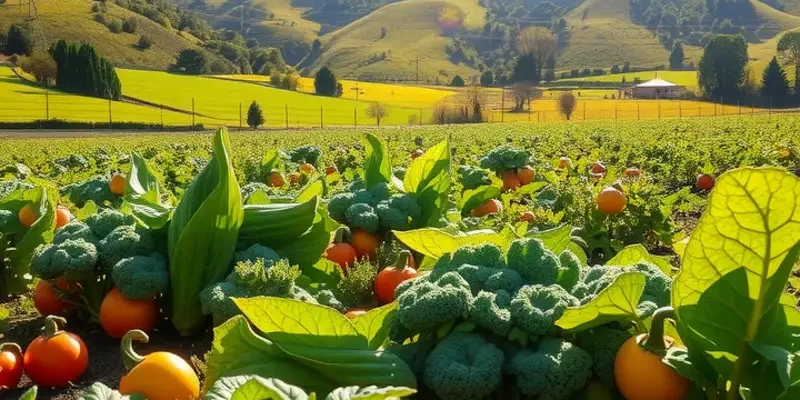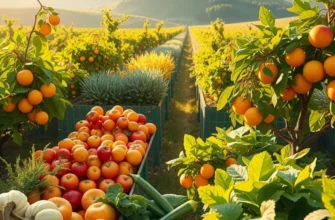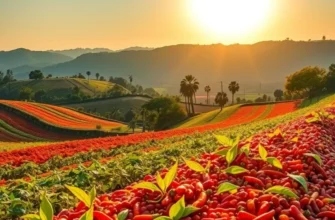Canada’s culinary landscape is as diverse as its geography, influenced by Indigenous traditions, multicultural immigration, and local ingredients. Each region boasts unique flavors and dishes that tell a story of culture and community. From the comforting warmth of hearty stews to the fresh tastes of the coast, this exploration invites food enthusiasts and the culturally curious to savor the pride of Canadian regional cuisine.
The Tastes of the Coast: Maritime Delights
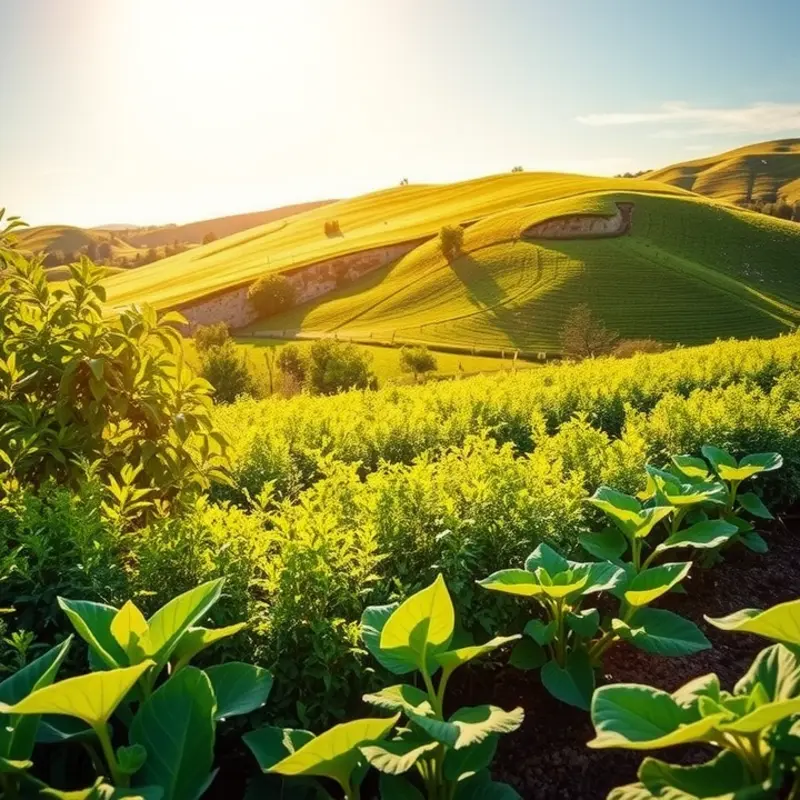
Nestled along the Atlantic Ocean, Canada’s Maritime provinces offer culinary gems that resonate deeply with the region’s identity. The proximity to the ocean shapes a rich tapestry of flavors, rooted in both tradition and innovation.
Seafood naturally takes center stage, with lobster often hailed as the crown jewel. Lobster rolls, with their buttery, toasted buns cradling chunks of sweet, tender lobster meat, are a quintessential East Coast treat. Yet, the bounty of the sea doesn’t end there. Clam chowder, rich and creamy, envelops its eaters with warmth, featuring clams and potatoes that embody the region’s nourishing spirit. For those eager to replicate these flavors at home, mastering seafood preparation is key, and these speedy seafood prep tips can help.
Local Indigenous communities have long harnessed the ocean’s gifts and the forests’ abundance, influencing the region’s culinary practices. Traditional cooking methods, such as smoking and curing, preserve fish while layering flavors that speak to the history and resilience of these peoples. Modern chefs continue to respect these traditions, integrating them with contemporary techniques to create dishes that honor the past while embracing the future.
The importance of in-season ingredients cannot be overstated. Berries, from blueberries to cranberries, find their way into pies and preserves, adding tartness and complexity. Root vegetables, abundant and robust, stand up to harsh winters. Incorporating these elements into regional recipes underscores a commitment to sustainability and local sourcing that is not just a practice but a shared ethos.
Cultural significance is ever-present at food fairs and community gatherings, where sharing meals becomes a celebration of heritage and community. Events like the Nova Scotia Lobster Crawl spotlight not only the food but also the stories behind them, from the fishers’ early morning tasks to the cooks’ creativity.
Fishing remains the lifeblood for many communities, weaving economic and cultural threads throughout the maritime regions. With sustainability increasingly at the forefront, many local programs advocate for responsible fishing practices, aiming to preserve these natural resources for future generations. Initiatives focus on minimizing bycatch and protecting vulnerable species, ensuring that the seafood harvested does not compromise the ocean’s health.
In essence, the coastal gastronomy of Canada’s Maritime provinces is a testament to the interplay between nature and tradition. It honors the sea’s vast resources, embraces indigenous ingenuity, and celebrates the community spirit that binds this region together. Each dish tells a story of collaboration and respect, reflecting a commitment to preserving both heritage and the environment.
Prairie Roots and Northern Bounty: The Heartland’s Flavors
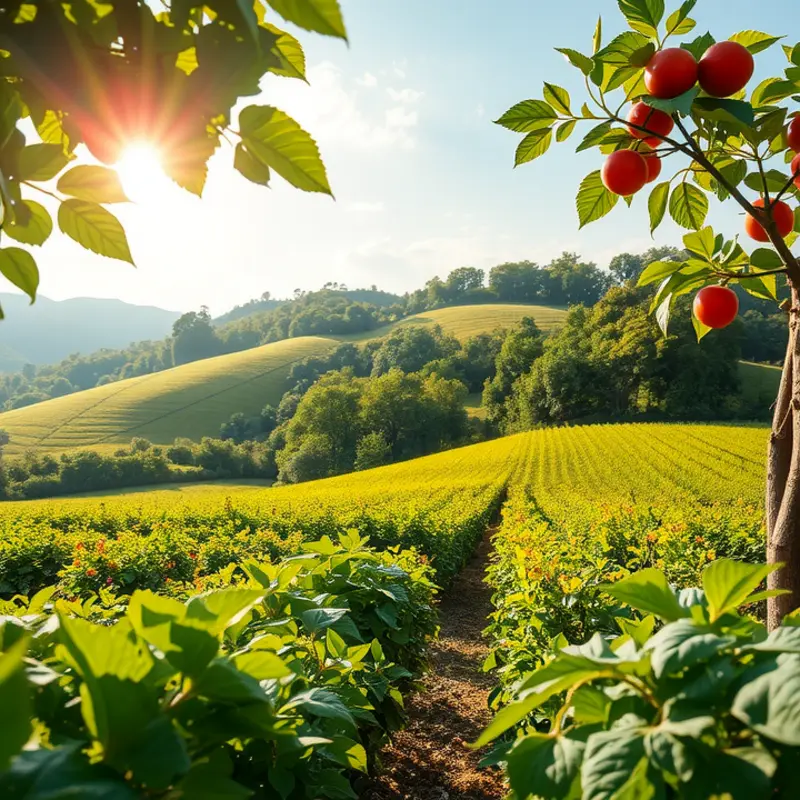
The Canadian prairies, stretching from Manitoba to Alberta, are celebrated for their expansive landscapes and rich agricultural heritage. This region’s culinary tradition is deeply rooted in its abundant resources, showcasing an array of ingredients that speak volumes about its historical and cultural identity.
Bison, once nearly hunted to extinction, is now at the heart of a renaissance in prairie cuisine. Known for its lean, rich meat, bison has been a staple protein for Indigenous peoples for centuries. Traditional bison stew, slow-cooked with root vegetables, exemplifies the hearty meals that sustained communities through harsh winters. Today, bison burgers and steaks continue to honor the past while enticing modern palates.
Wheat fields dominate the prairie landscape, with Canada being among the top global exporters. This golden grain is central to an array of baking traditions. Saskatoon berry pies, made with handpicked wild berries, combine the best of the prairies’ agricultural and foraging traditions. These pies offer a sweet yet tart flavor, baked in a perfectly flaky crust that speaks to generations of baking expertise.
Root vegetables such as potatoes, carrots, and turnips are essential to prairie cooking. Historically, these versatile ingredients were among the few crops that could withstand the region’s frigid winters. Turnip gratin and roasted potato dishes, laden with locally churned butter, remain popular staples. These simple yet flavorful dishes showcase the prairies’ commitment to making the most of available resources.
Contemporary prairie cuisine is experiencing a revival of Indigenous cooking practices. Chefs are embracing these time-honored techniques, integrating them into modern menus. The emphasis on local and sustainable ingredients aligns with the broader farm-to-table movement. This modern approach not only respects traditional knowledge but also promotes environmental stewardship.
The thriving farm-to-table movement in the prairies emphasizes the connection between producers and consumers. Farmers’ markets flourish across the region, offering everything from organic grains to free-range meats. This movement supports local economies and reduces the environmental footprint associated with food transportation. For those interested in starting their own eco-conscious kitchen, there are plenty of resources available to aid in this sustainable transition.
Foraging also remains an integral part of prairie life, with home cooks and professional chefs alike seeking out wild leeks, chokecherries, and juniper berries. The art of foraging, coupled with traditional preservation methods like canning and drying, ensures that these local flavors persist throughout the year.
Replete with history and innovation, the prairies offer a culinary journey that honors its Indigenous roots and embraces modern trends. As we continue exploring Canadian cuisine, the prairie heartland stands out for its steadfast dedication to resourcefulness and tradition.
Final words
Canada’s regional cuisines serve as a delicious reflection of its diverse cultural tapestry. From the ocean’s bounty in the Maritime provinces to the agricultural treasures of the Prairies, Canadian food carries rich histories and contemporary reimaginings of traditional dishes. As culinary traditions continue to evolve, they invite us to appreciate local harvests and connections to the land. Embracing regional Canadian flavors opens a delightful window into the vibrant culinary stories and diverse cultures woven throughout the nation.

